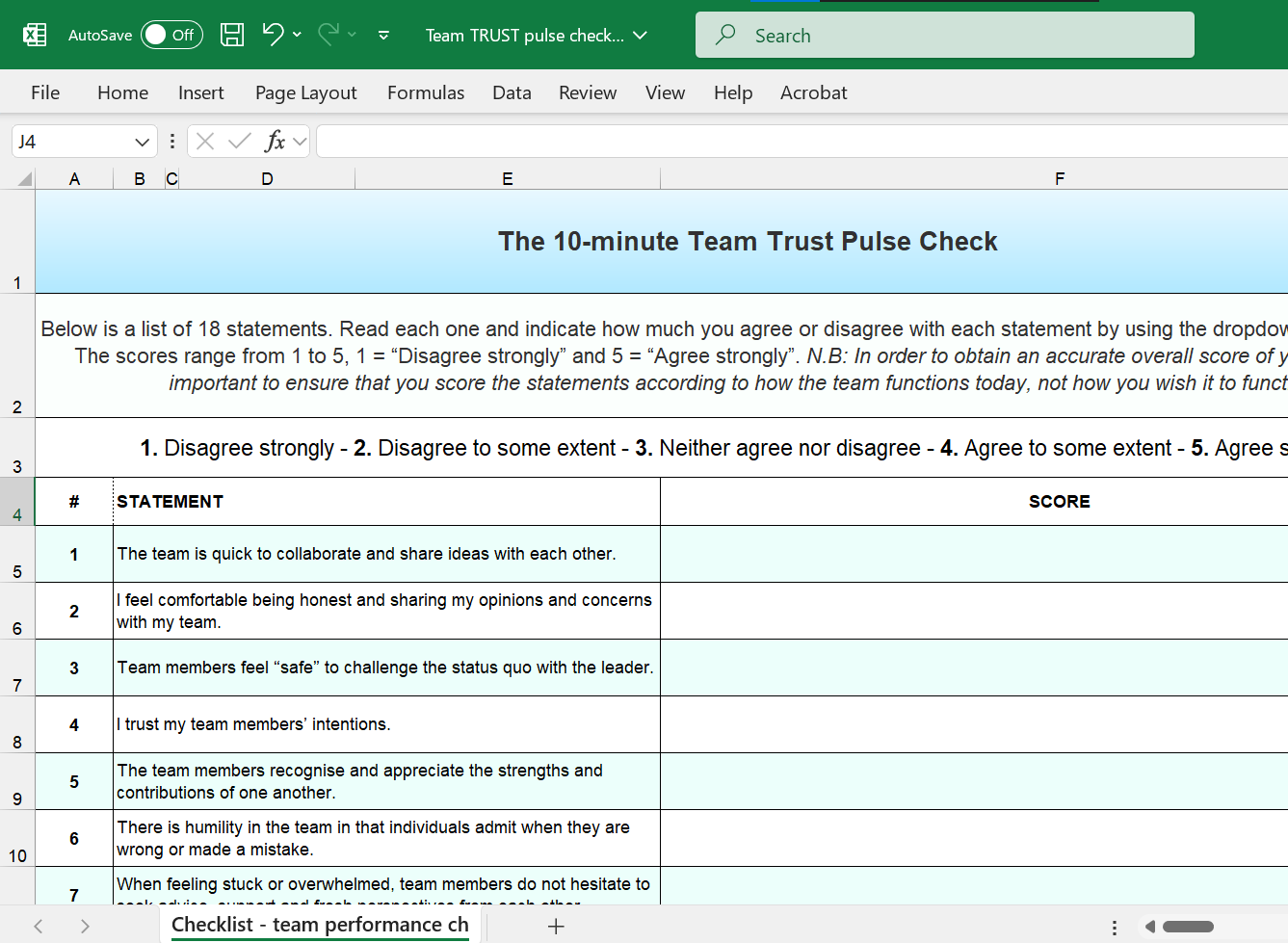
Being the leader of a team can be exhilarating, lonely, nerve-wrecking and a whole lot more. The effective team leader has to find the intricate art of balancing People Management and Leadership. In other words, they need to be present and provide active support as and when needed by their reports whilst keeping an eye on the bigger picture.
No matter a team’s challenges (new recruits, skills gaps, restructuring, general fogginess, threats, a change programme, …), every team has its unique journey to take.
I call this the “nodding heads” stage because team members look up to their leader, awaiting directives and do exactly as they are told. They seek clarity around roles, values and team objectives. As a leader, take your time to ensure needs are heard and met and the team member/s feel protected.
Likened to parents experiencing their child grow into a teenager, team members seek to assert themselves, demonstrating behaviour such as indifference as to whether or not they are accepted. At the same time, they seek to influence others and resort to a scapegoat when things go skew. The team leader must not take attacks or challenges personally and instead, seek to empower those who demand greater participation in running the team.
At this stage, the team has settled down and collaborative or relational issues have been resolved: They are becoming more productive. The leader can take more of a back seat or a consultative role, and can also encourage the team to challenge the existing structure: “Is our structure effective for what we are trying to achieve?”
Whilst the team at this stage self-runs, the leader still needs to remain alert to signs of regression in the group. Particularly in the case where members leave and other join the team. The leader must maintain open communication and keep abreast with the evaluation of the team’s work in order to keep the team from regressing.
A team is a group of people that share a common objective. Once that objective has been reached, the team dissolves. Unfortunately, this stage is usually overlooked, as people move on to integrate a new team yet it is a fantastic opportunity to celebrate the closure as well as capture feedback, learnings and insights. Skipping this stage means the team members lose out on valuable learnings of their experience together.
Conclusion
There are an unlimited number of elements that determine the length of time it takes for a team to go from Stage 1 to Stage 4 of High Performance however, the trust in the team leader has a critical role to play: Indeed, the more the leader is trusted by their people, the faster the team can move from Stage 1 to Stage 4. Simply holding a safe space for their team members to grow and thrive individually and collectively is invaluable for a team’s development.
If your team knows you have their back, that you seek to empower them as they progress through the stages and that you are able to show your humility too, they will value you as a trustworthy and invaluable leader.

Provide us with your Name and Email.